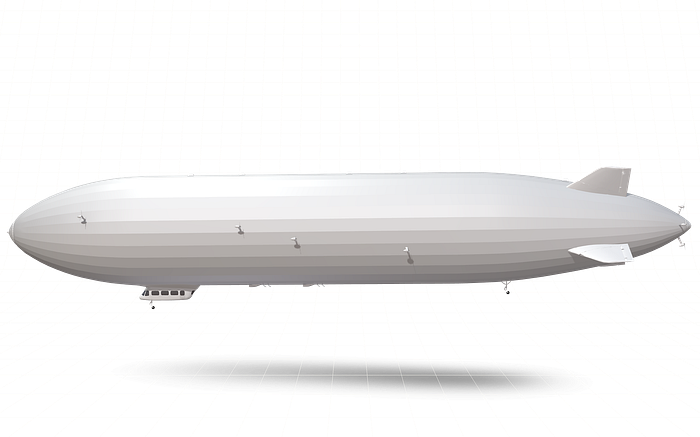Airship are hardly an innovation: their golden age was in the second and third decade of the last century, but footage of the Hindenburg going down in flames in just 32 seconds and the thirty-five deaths resulting from the accident on May 6, 1937 has been enough to make anyone think twice before reimagining this technology for anything other than floating advertising hoardings.
However, technology has come a long way, and now, the possibility of designing and building airships that can be used to provide aid in disasters or functioning as a clean logistical alternative to transporting goods — faster and cheaper than container ships, for example — is bringing initiatives in this direction back into view. LTA Research has spent the last two years building a huge airship that is already licensed to fly, and is currently carrying out final test flights. The goal is to revolutionize aviation. Other companies, such as Flying Whales, BASI, Sceye, Hybrid Air Vehicles or Straightline Aviation are exploring the field from multiple points of view and with very different approaches.
The question is perfect, in terms of challenge, for the development of an interesting industry: elements of materials engineering, design, and market development starting with issues such as humanitarian aid or special transports such as those needed for wind turbine blades, where costs take a back seat, but with possibilities of reaching a market with the potential to change logistics.
If airships were used to transport goods instead of the huge, highly polluting ships used today, journey times could be reduced fourfold, and the cost several times cheaper, with zero emissions, with less need for onshore infrastructure and with the ability to reach even the most remote destinations directly. If a single company of this type were capable of moving half of the goods that today are transported by ships at a much lower cost, it could reach an annual turnover of $650 billion.
Obviously, things are not that simple, but the possibility, at least theoretically, exists, and what some of these companies intend, for the moment, is to start operating in markets with high margins or low price sensitivity, in order to develop and fine-tune the technology and then apply it more widely. This video, long but very interesting, goes into a little more detail on the subject:
Much remains to be done if airships are to play a leading role in transportation, they have enormous potential and could solve many of the problems associated with means such as maritime or air transport. And therefore, worthy of further development.
(En español, aquí)


